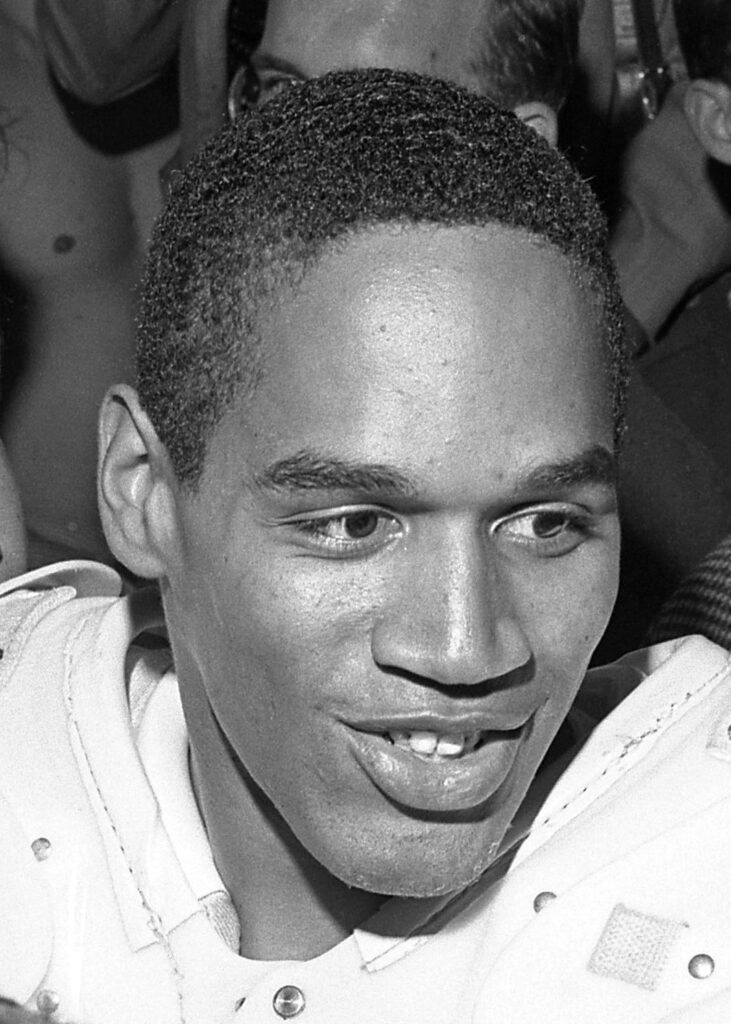
The O. J. Simpson murder trial captivated a nation, not only for the celebrity at its center but also for the unprecedented role that DNA evidence played. With no eyewitnesses to the brutal murders of Nicole Brown Simpson and Ron Goldman, the entire case hinged on the meticulous collection, analysis, and interpretation of genetic material found at the crime scenes. This groundbreaking reliance on science, however, quickly became a battleground of expert testimony, procedural challenges, and competing narratives, transforming what was presented as irrefutable scientific proof into a source of profound reasonable doubt for the jury.
At the time, the precision and significance of DNA matching were largely unfamiliar to the public, including many jurors. This lack of understanding created a fertile environment for a sophisticated legal strategy that aimed to dismantle the prosecution’s seemingly overwhelming scientific case. What began as a confident presentation of genetic links evolved into a complex dissection of forensic procedures, lab protocols, and even allegations of police malfeasance, pushing the boundaries of how scientific evidence is presented and challenged in American courtrooms.
In this in-depth exploration, we delve into the intricate details of the O. J. Simpson DNA evidence, examining the key exhibits, the pivotal testimonies, and the controversies that defined this landmark trial. We will critically analyze the actions of law enforcement, the rulings of the court, and the strategies employed by both the prosecution and defense, offering a comprehensive look at how a “mountain” of DNA evidence became subject to such intense scrutiny and ultimately, a surprising acquittal. Our journey begins with the prosecution’s initial presentation of their supposedly infallible scientific proof.
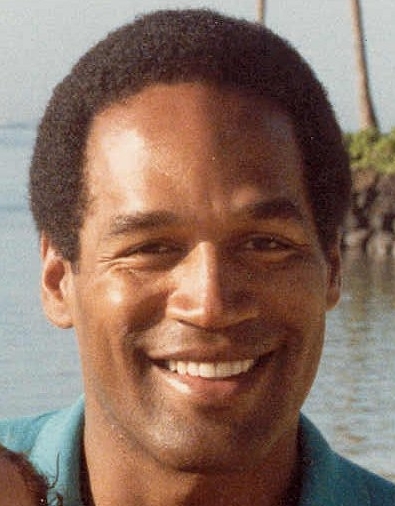
1. **The Prosecution’s ‘Infallible’ DNA Evidence: Volume, Validation, and Jury Perception**The prosecution in the O. J. Simpson trial presented an immense volume of DNA evidence, encompassing 108 exhibits and featuring 61 drops of blood, which they believed would unequivocally link Simpson to the murders of Nicole Brown Simpson and Ron Goldman. This extensive collection of genetic material was cross-referenced and validated across three separate laboratories, employing diverse testing methodologies, with the prosecution asserting that no discrepancies were uncovered. For them, this rigorous, multi-faceted verification rendered the DNA evidence utterly infallible.
Despite the perceived scientific robustness, the prosecution faced a considerable challenge in conveying the precision and significance of DNA matching to the jury. In the mid-1990s, the public was largely unacquainted with the intricacies and implications of DNA forensics, making it difficult for the prosecution to ensure the jury fully appreciated the weight of their evidence. This gap in understanding proved to be a critical vulnerability, which the defense would expertly exploit throughout the trial.
Further bolstering the prosecution’s confidence in their scientific findings was the defense’s decision to decline access to the evidence samples for independent testing. The prosecution had offered the defense the opportunity to conduct their own analysis, yet this offer was rejected. This refusal, in the eyes of the prosecution, underscored the reliability of their results and suggested that the defense recognized the strength of the genetic links, despite their public claims of contamination and corruption.
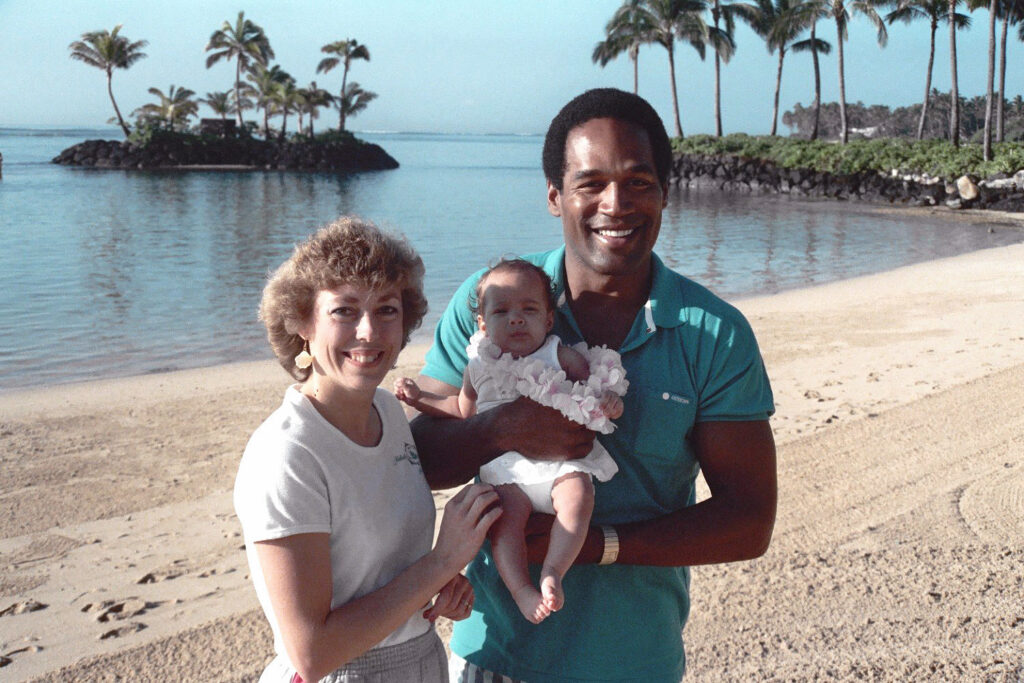
2. **The Defense’s ‘Compromised, Contaminated, Corrupted’ Strategy: The Core Reasonable Doubt Theory**
The defense team, confronted with a “mountain” of DNA evidence, articulated a core reasonable doubt theory encapsulated by the phrase: “compromised, contaminated, corrupted.” Their argument posited a multi-stage failure in the handling of evidence, beginning with the collection phase, where they alleged mishandling compromised the evidence, leading to the complete loss of the real killer’s DNA. This, they claimed, was followed by contamination during the processing phase, where Simpson’s preserved DNA was supposedly transferred to all but three exhibits.
The final, most damning, phase of their theory involved corruption, where the defense alleged that the remaining three exhibits—those that could not be explained by contamination—were deliberately planted by the police. This three-pronged attack aimed to systematically undermine the credibility of every piece of DNA evidence presented against O. J. Simpson, suggesting that what appeared to be scientific proof was, in fact, a product of procedural errors and malicious intent. It was a bold strategy designed to sow pervasive doubt.
Initially, the defense struggled to find forensic DNA experts who would fully endorse their contamination theory, necessitating a strategic shift. According to defense attorney Alan Dershowitz, the revised strategy sought to elicit a “cherry-picking response” from the jury. This involved convincing jurors to discard the vast majority of incriminating DNA evidence if they could be shown that “a few of the hills”—even just a single key piece of evidence—were tainted by police fraud. This approach aimed for jury nullification, essentially allowing the jury to disregard the prosecution’s case if they believed there was any significant doubt regarding police integrity, regardless of the overall scientific picture.
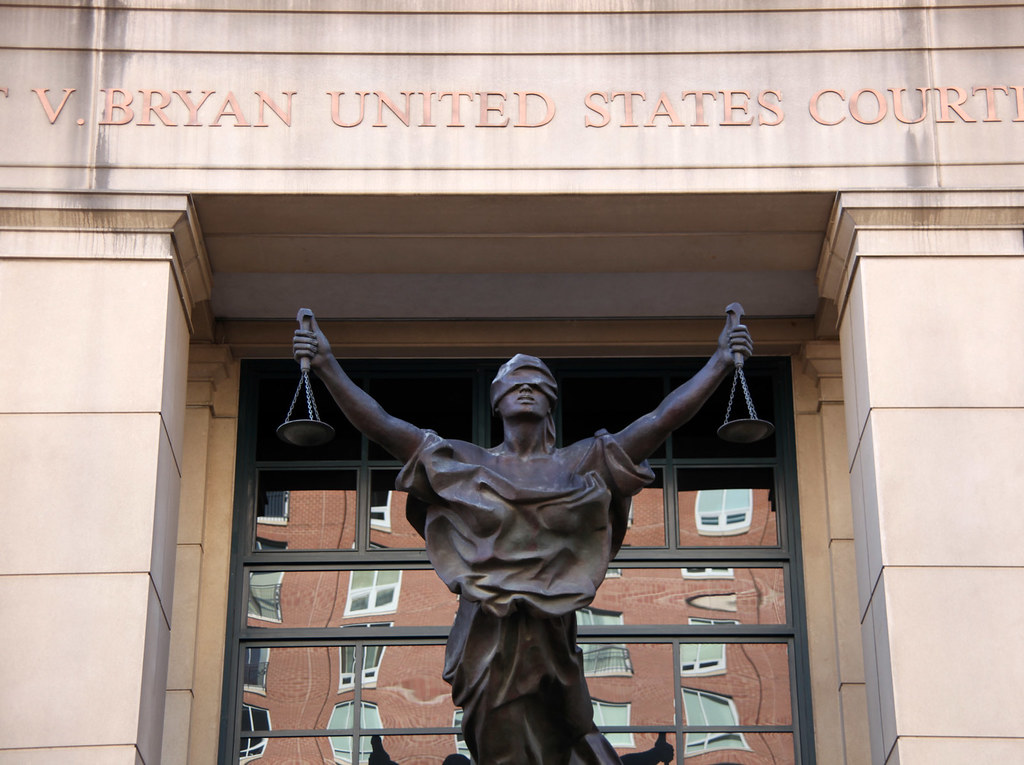
3. **Judge Lance Ito’s Controversial DNA Rulings: Allowing Planting Claims Without Evidence**Judge Lance Ito, presiding over the trial, made several pivotal decisions concerning the DNA evidence that significantly shaped the proceedings. One of his most controversial rulings allowed the defense to argue that some of the evidence had been planted, despite the defense’s failure to produce any concrete evidence supporting such an allegation. This decision opened the door for the defense to introduce a narrative of police conspiracy, even without direct proof, which became a powerful element in their overall strategy to create reasonable doubt.
Another important ruling by Judge Ito mandated that the prosecution reserve at least 10% of the DNA samples, making them available for the defense to conduct their own independent testing. Although the prosecution preserved nearly all the samples, the defense ultimately chose not to test them themselves. This detail would later become a point of contention, with the prosecution highlighting the defense’s refusal to validate their own claims through direct scientific examination, while the defense continued to focus on alleged procedural errors and the possibility of planting.
Furthermore, Ito allowed Dr. John Gerdes to testify about contamination in *prior* LAPD cases, a decision that proved highly contentious. The prosecution argued that this testimony would be misleading to the jury, as it introduced general issues of contamination rather than specific evidence of it in the Simpson case. Notably, in the subsequent wrongful death civil trial, all of Judge Ito’s DNA-related decisions were reversed by Judge Hiroshi Fujisaki, who banned all allegations of police conspiracy without proof and restricted Dr. Gerdes’ testimony to confirmed contamination cases specific to the evidence at hand, of which there were none.
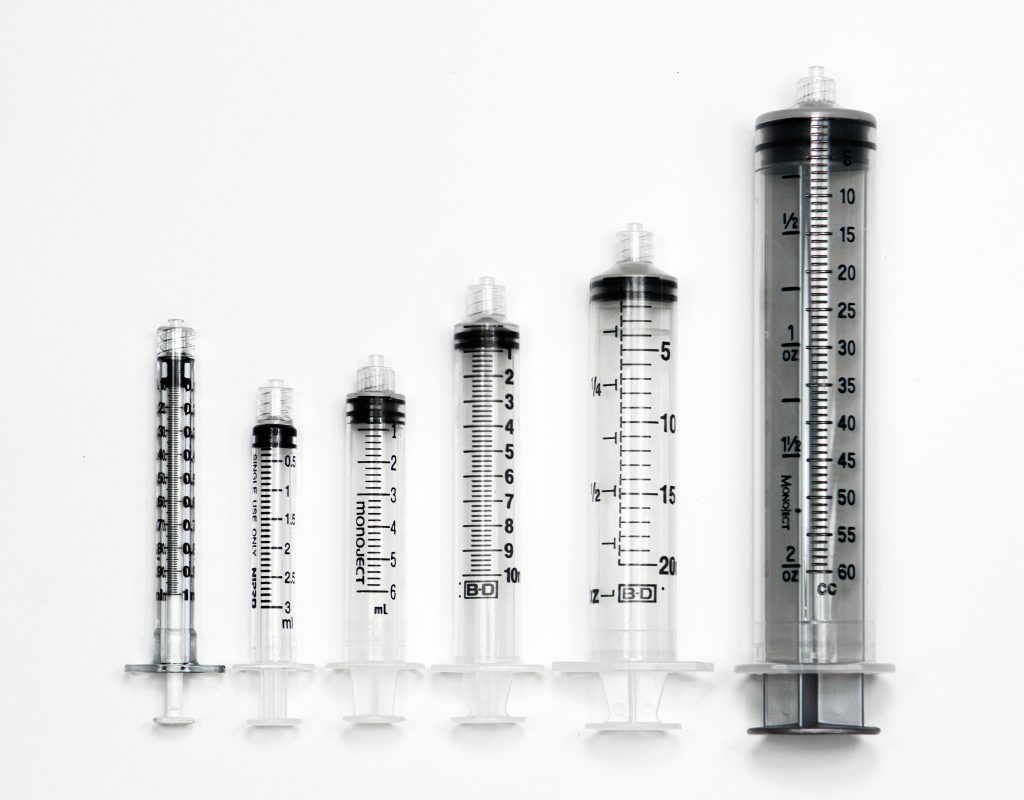
4. **Thano Peratis and the ‘Missing’ Blood: The 8 mL vs. 6.5 mL Dispute**The testimony of prison nurse Thano Peratis became a focal point for the defense, particularly concerning the amount of blood drawn from O. J. Simpson. Peratis initially stated he drew an “undocumented amount” of blood from Simpson, but when pressed by the defense to provide an estimate, he stated approximately 8 mL. This estimation quickly sparked controversy, as records from the testing laboratories could only account for 6.5 mL of blood, leaving a purported 1.5 mL unexplained.
The defense seized upon this discrepancy, suggesting that the “missing” 1.5 mL of blood could have been appropriated and subsequently used to plant evidence. This allegation fueled their broader narrative of police misconduct and evidence tampering, providing a tangible, albeit small, piece of uncertainty that they could amplify to the jury. The implication was that if even a small amount of blood could be unaccounted for, then the integrity of all blood evidence could be questioned.
However, during the rebuttal phase of the trial, Peratis testified again, offering a clarification that aimed to resolve the ambiguity. He stated that upon further reflection, he now believed he only took 6.5 mL of blood, aligning with the amounts documented in the laboratory records. While this clarification sought to close the door on the “missing” blood controversy, the initial discrepancy had already served its purpose for the defense, embedding a seed of doubt regarding the meticulousness of evidence handling from the very beginning.
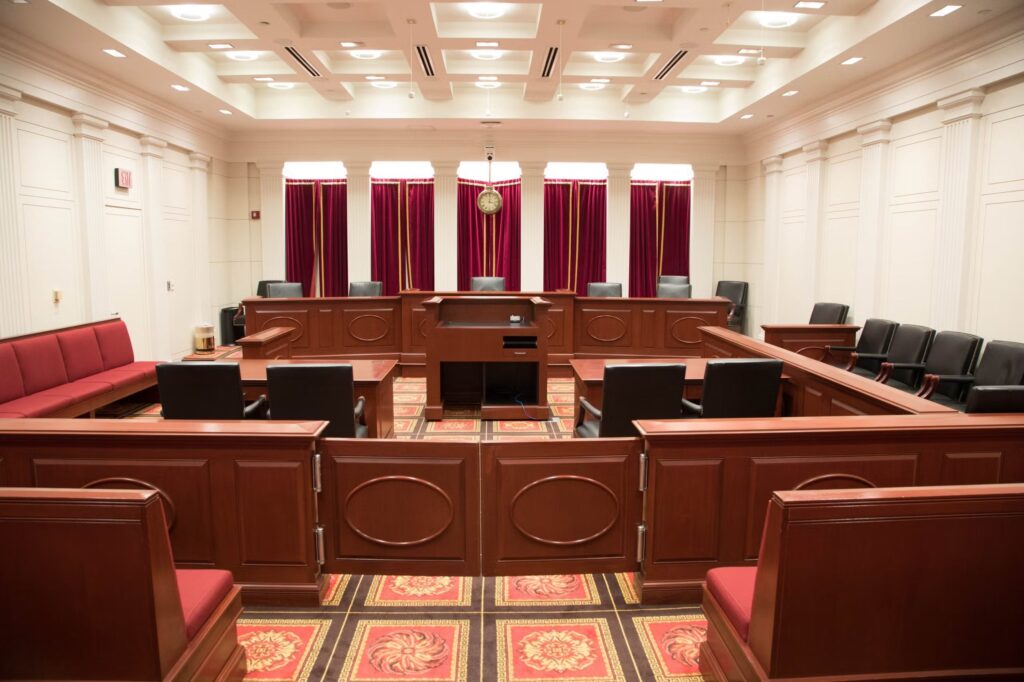
5. **Detective Vannatter’s Direct Blood Delivery: The Decision to Take Blood to the Crime Scene**Detective Philip Vannatter’s testimony detailed his crucial role in handling O. J. Simpson’s reference blood sample. He testified that Simpson voluntarily provided a blood sample for comparison with the crime scene evidence. Peratis drew this blood, sealing it in an envelope, and handed it directly to Vannatter on June 13 at approximately 3:30 pm. Rather than booking the sample immediately into evidence, Vannatter’s decision to hand-deliver it to criminalist Dennis Fung at Simpson’s Rockingham home became a significant point of contention for the defense.
The timeline of this hand-delivery was meticulously scrutinized during the trial. Peratis’ documentation confirmed the blood draw at 3:30 pm. Security camera footage from the jail showed Vannatter departing around 4:00 pm, and a laserdisc recorder in his police car confirmed over an hour of driving to Rockingham. The crime scene log book noted his arrival at 5:20 pm, and Fung’s written notes confirmed the transfer of Simpson’s sealed blood sample at 5:30 pm. This tightly documented sequence was crucial for the prosecution to establish a chain of custody.
Despite the clear documentation, Vannatter’s decision to transport the blood directly to the crime scene rather than follow standard booking procedures was heavily criticized after the trial, as it hypothetically created an opportunity for evidence planting. Vannatter defended his actions by emphasizing that Fung testified the envelope was still sealed upon receipt. However, the defense aggressively leveraged this procedural deviation, alleging that the police stole and planted one drop of Simpson’s blood on the back gate at Nicole Brown’s home, not his own, thus transforming a seemingly innocuous logistical choice into a cornerstone of their conspiracy theory.

6. **Criminalist Dennis Fung’s Grueling Cross-Examination: Collection Mistakes and Timeline Disputes**
Criminalist Dennis Fung’s testimony, spanning nine days in April 1995, became one of the most heavily scrutinized segments of the trial, focusing on his methods of collecting blood evidence from Nicole Brown Simpson’s home, the white Ford Bronco, and O. J. Simpson’s Rockingham estate. He detailed his arrival at Rockingham at 7:10 am and his receipt of Simpson’s reference blood vial from Detective Philip Vannatter while at the scene. His recounting of events and procedures was designed to establish a credible chain of evidence.
However, Fung faced a relentless and aggressive cross-examination by defense attorney Barry Scheck, which lasted an arduous nine days. Scheck highlighted numerous alleged mistakes and inconsistencies. Fung, perhaps unaccustomed to such adversarial questioning, often volunteered confusing information, forcing the prosecution to scramble to clarify. He initially stated he did not see a blood drop on the back gate in a June 13 photo, contradicting his later collection of blood from that spot on July 3. The prosecution later produced a photo showing the blood was indeed present on June 13. Fung also admitted to collecting blood evidence in plastic bags, rather than the recommended paper bags, and storing it unrefrigerated in a police van for up to seven hours, conditions the defense argued could compromise samples.
Scheck also vigorously attempted to shake Fung’s timeline regarding the receipt of Simpson’s donated blood, implying that police received it on June 14, not June 13, creating a window for planting. This critical 10-minute window was documented, and although Scheck tried to discredit Fung’s notes by claiming a page had been replaced with a copy, the original was found and confirmed to be identical. Ultimately, while some of Fung’s admissions concerned proper procedure, the defense’s efforts to fundamentally discredit his timeline or his initial observations were largely rebutted by other evidence and documentation.

7. **Criminalist Andrea Mazzola’s Acknowledged Mistakes: Gloving, Swatching, and Refrigeration Issues**
Criminalist Andrea Mazzola, who testified across multiple days in April 1995, presented much of the same foundational information as Dennis Fung, focusing on the collection, storage, and transportation of evidence from the crime scenes. Her testimony was intended to corroborate the meticulous efforts of the LAPD in gathering the physical evidence crucial to the prosecution’s case. However, like Fung, she too faced intense scrutiny regarding her collection practices, particularly from the defense.
During cross-examination, the defense sought to portray Mazzola as inexperienced, attempting to undermine her credibility and, by extension, the reliability of the evidence she collected. Mazzola defended herself by stating she had recently moved to Los Angeles but had eighteen months of experience as a criminalist in the Kern County Police district. Despite her defense, she admitted to several mistakes at the crime scene that the defense eagerly highlighted, including using a single swatch to collect blood from three separate spots in the Ford Bronco and, on occasion, not changing gloves when handling different pieces of evidence. These admissions suggested a lack of meticulousness.
Crucially, Mazzola also verified that blood evidence she collected was kept unrefrigerated for up to seven hours after collection, mirroring Fung’s testimony on this point. While individually these errors might seem minor, the defense aggregated them to create a narrative of systemic sloppiness and disregard for forensic protocols. This collective portrayal of compromised collection practices was instrumental in their effort to erode the jury’s confidence in the integrity of the entire body of DNA evidence, implying that the mistakes could have led to contamination or rendered the results unreliable.
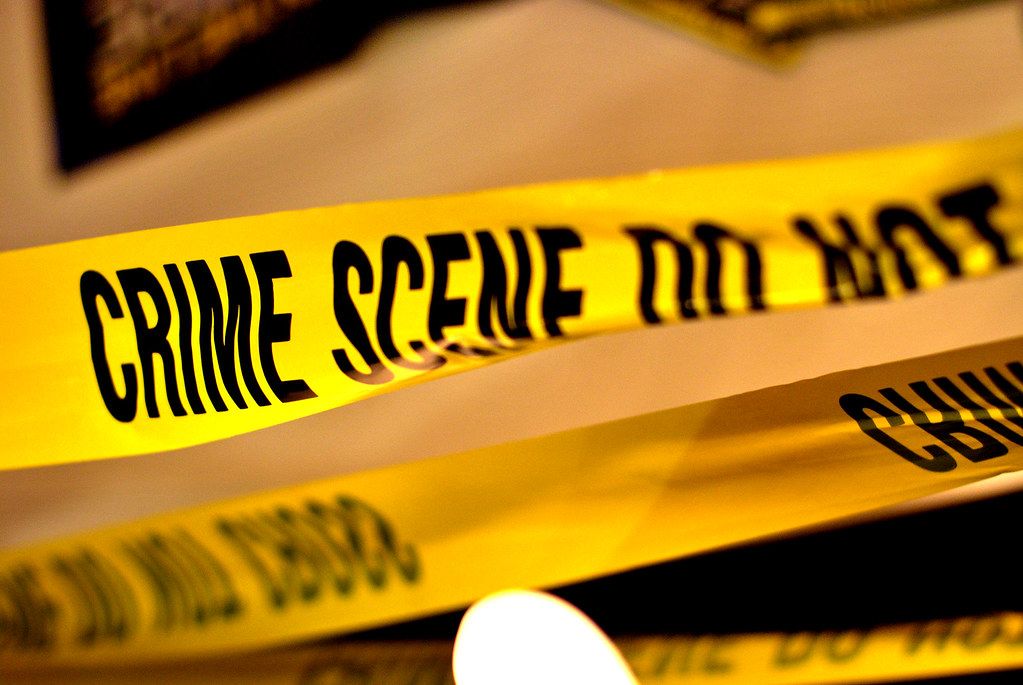
8. **Criminalist Collin Yamauchi: PCR Analysis and Cross-Contamination Allegations**Criminalist Collin Yamauchi introduced advanced PCR analysis to the trial, being the first scientist to process key items like the glove from Rockingham and the sock from Simpson’s bedroom. His testimony confirmed the presence of blood from Simpson, Nicole Brown, and Ron Goldman on the glove, Nicole Brown’s on the sock, and Ron Goldman’s in the Bronco. These genetic links were crucial for the prosecution, tying Simpson directly to the crime scenes and victims.
The defense, however, aggressively cross-examined Yamauchi on the meticulousness of his lab procedures. They questioned whether he changed gloves after handling Simpson’s reference blood before touching the evidence, implying potential cross-contamination. Yamauchi maintained he always used sterile instruments and changed gloves, though his initial hesitation on the stand was exploited.
Yamauchi strongly denied the allegations, highlighting that sterile control swatches run before and after each evidence item tested negative for contamination. He also noted the defense’s own expert, Dr. Henry Lee, did not consistently change gloves, subtly deflecting the intense scrutiny on his own practices and underscoring the complexities of forensic protocols in a high-profile trial.
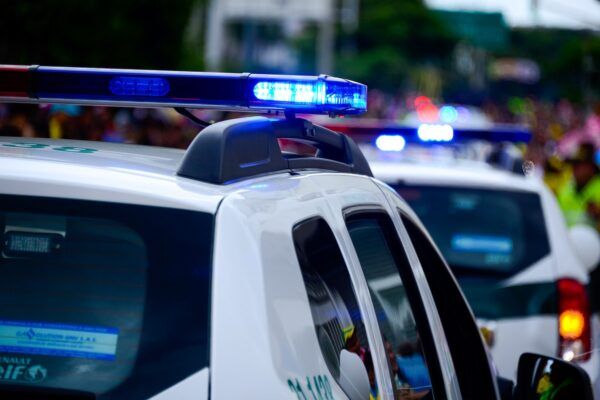
9. **Gregory Matheson: Serology Results, Admitted Errors, and Forensic Explanations**Gregory Matheson, chief forensic chemist at the LAPD Crime Lab, presented serological findings that provided early links between O. J. Simpson and the crime. His analysis revealed blood drops alongside shoe prints near the victims matched Simpson’s blood, with a 1-in-200 error rate. Matheson also dismissed defense claims that criminalist Mazzola’s admitted mistakes would lead to contamination. He clarified that degraded blood under Nicole Simpson’s fingernails was likely her own, a point later confirmed by Renee Montgomery.
Despite his defense of the evidence, Matheson’s cross-examination exposed several procedural lapses by Fung and Mazzola. He acknowledged that blood from the Bronco and back gate should have been collected earlier, and that evidence was improperly stored unrefrigerated in plastic bags. These admissions fueled the defense’s narrative of systemic sloppiness.
Regarding the “missing” 1.5 mL of Simpson’s blood, Matheson noted the lack of initial documentation made its absence unprovable. He suggested that small amounts adhering to lab instruments during testing could account for discrepancies, offering a practical explanation against the defense’s insinuations of deliberate appropriation.
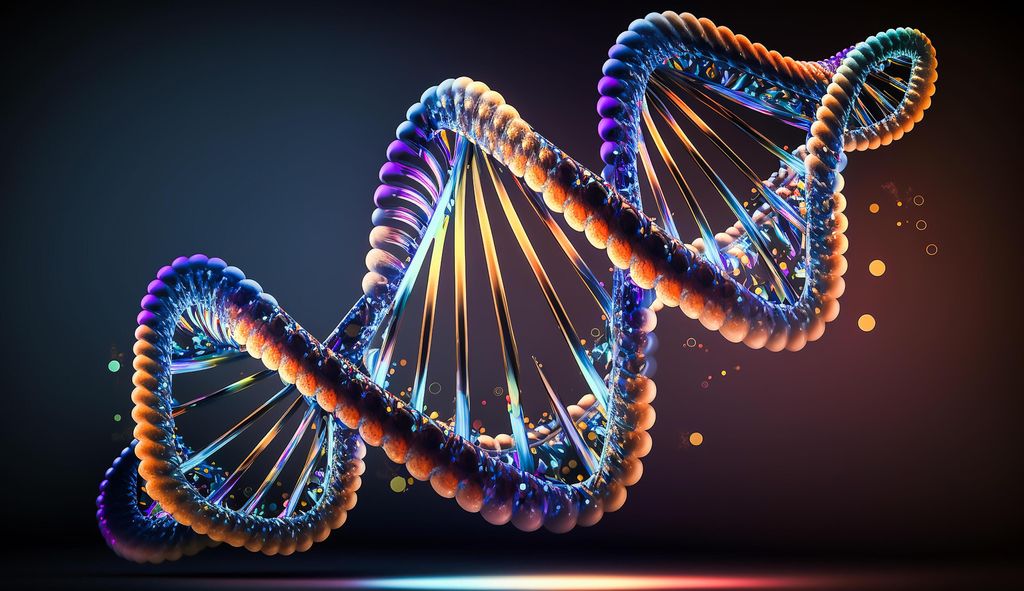
10. **Dr. Robin Cotton: Pioneering RFLP Testing and Addressing Cross-Contamination**Dr. Robin Cotton, Lab director of Cellmark Diagnostics, delivered some of the prosecution’s most compelling scientific testimony using RFLP testing, then the most precise DNA matching method. Her findings were stark: Nicole Brown’s blood on a sock in Simpson’s bedroom with a 1-in-170 million chance of error, and Simpson’s blood near Nicole’s body with a 1-in-9.7 billion chance of error. These figures presented an immense hurdle for the defense.
Under cross-examination, Dr. Cotton acknowledged two prior cross-contamination errors at Cellmark in the late 1980s, but emphasized these were detected by quality control and not since repeated. She explained that the large DNA sample sizes required for RFLP testing in this case made them resistant to the type of degraded DNA cross-contamination the defense alleged, and only Simpson’s DNA was found, not a mixture.
Despite the scientific robustness, Dr. Cotton conceded that her tests, while establishing a genetic match, could not demonstrate *how* the blood arrived at a location. This factual scientific limitation became a critical point for the defense, allowing them to argue that the possibility of planting, however remote, was not scientifically refuted, thus nurturing seeds of reasonable doubt.
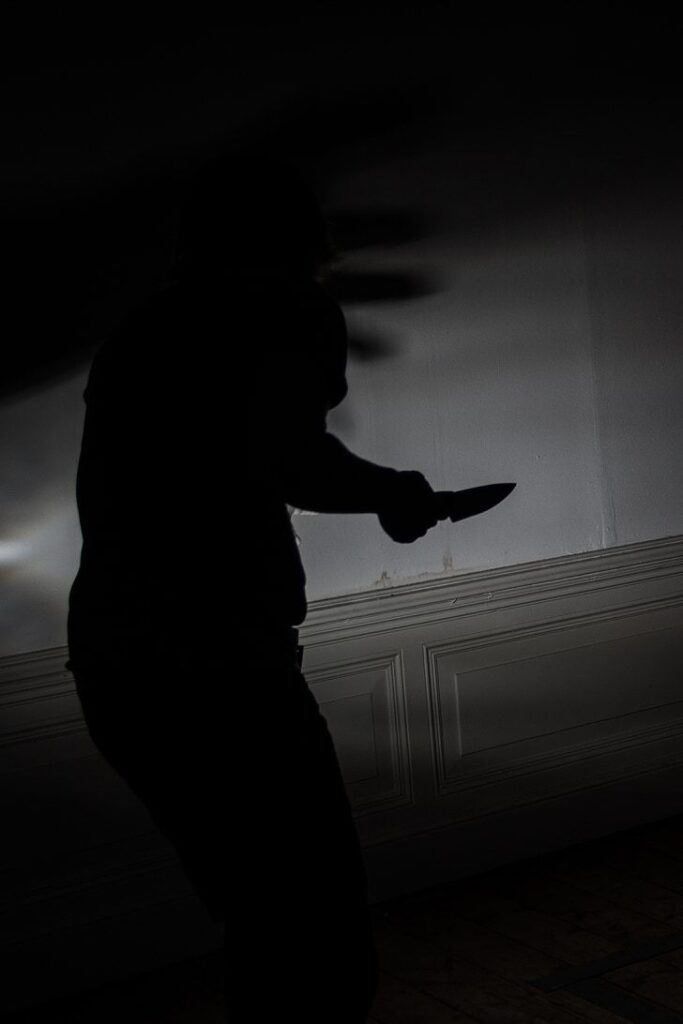
11. **Criminalist Gary Sims: DQ Alpha DNA Matching and Documentary Rebuttals**Criminalist Gary Sims of the California Department of Justice Crime Lab provided further corroboration through DQ Alpha DNA matching. His results confirmed Nicole Brown’s blood on the Rockingham sock (1-in-7.7 billion error chance), Simpson’s blood on the back gate, and both victims’ blood in the Bronco (1-in-21 billion error chance). These multiple independent confirmations strengthened the prosecution’s case.
Sims firmly refuted the defense’s insinuations of cross-contamination, asserting that none of the 108 exhibits showed such evidence. He underscored that the defense had declined the opportunity to test the samples themselves, diminishing the weight of their claims. To visually counter doubts, Sims demonstrated to the jury that bloodstains on the socks were often visible only under a microscope.
During recross-examination, Sims rejected the idea of environmental contamination on the back gate blood drop and directly countered planting claims. He cited a different June 13 photo of the back gate, which, unlike the one shown by the defense, clearly depicted the blood already present, directly undermining the defense’s timeline and planting theory for that specific piece of evidence.
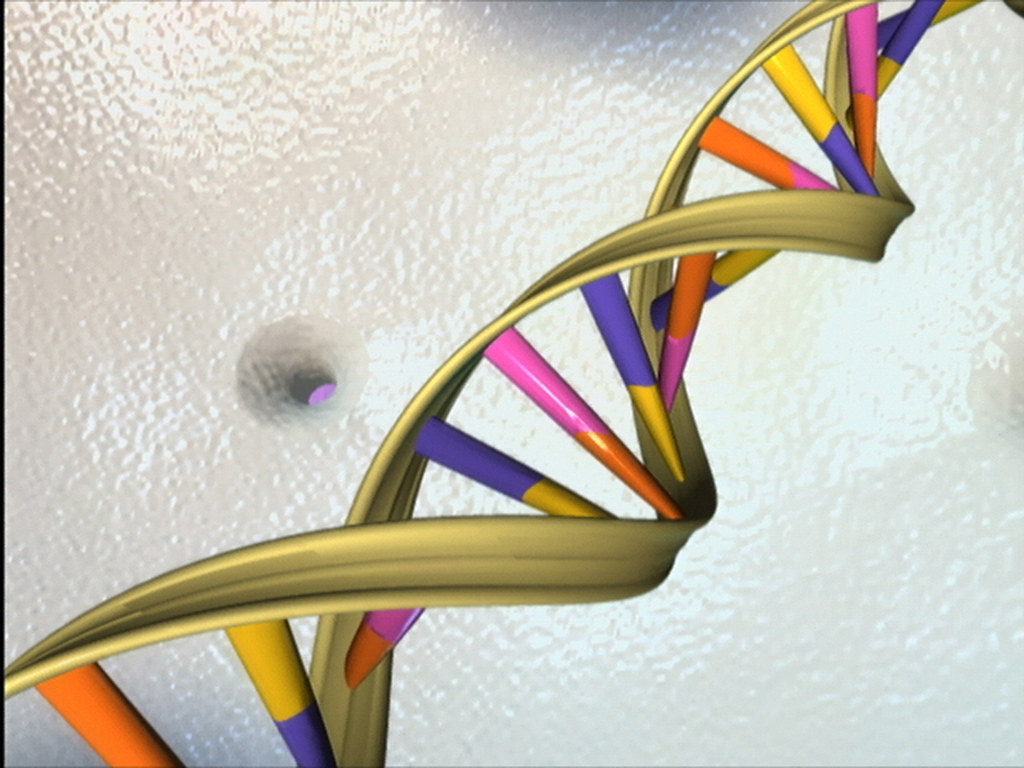
12. **Criminalist Renee Montgomery: Reconstructing the Crime Through D1S80 DNA**Criminalist Renee Montgomery, also from the California Department of Justice Crime Lab, presented a compelling narrative reconstruction of the murders using D1S80 DNA matching. Using a poster board, she detailed the prosecution’s theory: Simpson’s blood near the bodies, his escape through the back gate marked by blood drops, the victims’ blood in his Bronco, his return home through the backyard, and Nicole Brown’s blood on his bedroom sock. This integrated testimony connected disparate DNA findings into a coherent sequence of events.
Montgomery steadfastly defended the integrity of the evidence against defense allegations of mishandling. She asserted that errors would not introduce Simpson’s blood unless already present, and notably, most evidence she tested bypassed the LAPD lab, sent directly to her. For the glove, she denied that degraded DNA was later contaminated, pointing out that if so, only Simpson’s DNA would be found, not the victims’.
She robustly defended the D1S80 test as reliable, highlighting its use by the FBI and acceptance in courtrooms nationwide. Her testimony aimed to solidify the scientific narrative, presenting a comprehensive picture of Simpson’s involvement that, from the prosecution’s perspective, made acquittal seem impossible.
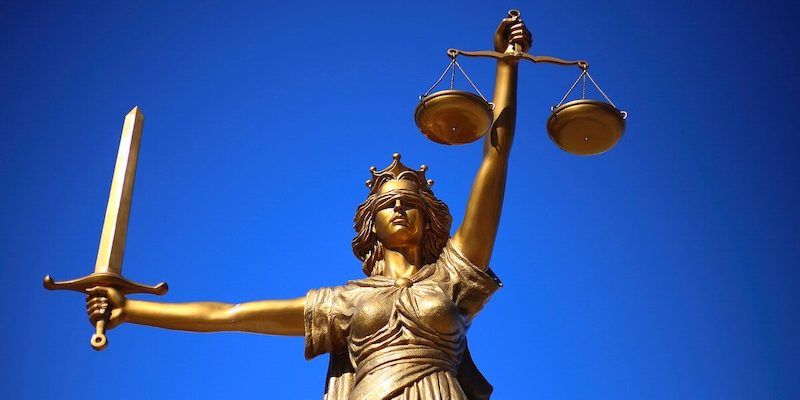
13. **Defense’s Expert Witnesses: A Scrutiny of Contamination and Planting Claims**The defense’s efforts to dismantle the prosecution’s formidable DNA evidence relied heavily on a roster of expert witnesses, each aiming to sow seeds of doubt regarding contamination, evidence planting, and procedural integrity. This strategic counter-attack was meticulously challenged by the prosecution at every turn, often revealing internal contradictions.
**Dr. Edward Blake**, a world-renowned forensic scientist, was a significant early figure for the defense. Despite his esteemed status, he was conspicuously dropped from the witness list. His review of the case found “nothing negative to say” about the DNA tests from the State Department and Cellmark Diagnostics, deeming their results “likely valid,” a conclusion that directly undermined the defense’s core strategy.
Blake’s replacement, microbiologist **Dr. John Gerdes**, became a central proponent of the contamination argument. Gerdes asserted that the “LAPD crime lab has a substantial contamination problem,” casting doubt on LAPD PCR results and extending his critique to other labs that handled evidence originating from the LAPD. However, under cross-examination, Gerdes admitted his lack of practical forensic DNA experience, his consistent testimony for criminal defendants, and even that his own lab had experienced similar contamination. Crucially, he conceded there was “no direct evidence of contamination” in the Simpson case, clarifying he was only testifying to “what might have occurred and not what actually did occur.”
Forensic toxicologist **Dr. Fredric Rieders** introduced a contentious claim regarding EDTA, a preservative, in blood drops on the Bundy back gate and Simpson’s sock. He alleged extremely high levels, implying planting from reference vials. This was swiftly debunked when the prosecution proved Rieders misread an EPA article; “parts-per-million” of EDTA is normal in blood. **FBI Special Agent Roger Martz**, whose data Rieders used, further undermined this. Martz, a defense witness, admitted he “could not identify EDTA” in the samples, showed EDTA’s presence in unpreserved blood and food, and demonstrated that levels in evidence were vastly different from those in preserved reference vials.
Finally, **Dr. Henry Lee**, director of the Connecticut State Forensics Science Laboratory, a highly respected expert, offered nuanced testimony. While Lee did *not* endorse the defense’s claims of police fraud or direct planting, some of his scientific observations were strategically leveraged. He testified that bloodstains in the Bronco were “consistent with a smearing motion,” and that blood splatter on the sock “suggested the blood soaked through while no one was wearing it.” These statements, though descriptive, were presented by the defense as evidence of manipulation, despite Lee not explicitly supporting such a conclusion.
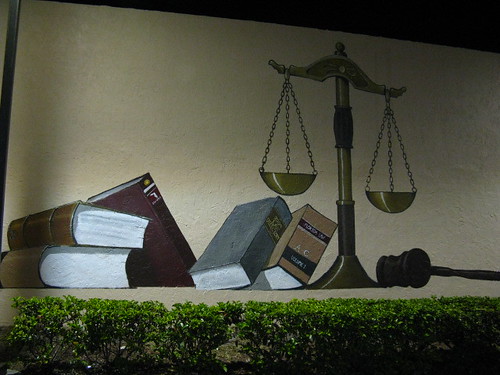
14. **The Final Reckoning: Systematic Rebuttals and Lasting Legacy**The defense’s sweeping accusations of “compromised, contaminated, corrupted” evidence, while effective in creating reasonable doubt, faced persistent and often successful rebuttals from the prosecution and, at times, inconsistencies from the defense’s own experts. Although procedural errors in evidence collection were acknowledged, tangible proof for widespread contamination or deliberate planting remained elusive, leaving the jury to grapple with a narrative heavily reliant on insinuation rather than direct evidence.
Specific contamination claims concerning the Brown-Simpson crime scene and back gate blood drops, advanced by Dr. Gerdes, were undermined by his own admissions of “no direct evidence.” Serology results matching DNA and showing only a single person’s blood further contradicted the idea of mixed or completely degraded samples. The high volume of DNA on key samples, like the July 3 back gate blood and the sock, also made accidental contamination scientifically improbable, pushing the defense towards the unsupported claim of deliberate planting. For the Bronco, the prosecution presented identical DNA matches from a second, independent collection, effectively validating the LAPD’s original findings and affirming the victims’ presence.
Perhaps the most crucial rebuttal concerned the bloody glove from Rockingham. While the defense alleged cross-contamination from criminalist Yamauchi, he adamantly denied procedural breaches. More critically, the definitive absence of traceable EDTA in Simpson’s blood on the glove conclusively disproved its origin from a preserved reference vial, directly challenging a core tenet of the defense’s contamination theory. The broader contamination claim, relying on 100% degradation of the “real killer’s” DNA, was contradicted by scientific principles and the ability to obtain DNA from ancient samples, a point even Gerdes conceded.
Ultimately, while the defense skillfully exploited procedural deviations and the jury’s unfamiliarity with advanced DNA forensics to weave a narrative of a police conspiracy, concrete scientific validation for their most serious allegations was largely absent. The O. J. Simpson murder trial transcends its individual verdict; it stands as a monumental case study in the intersection of forensic science, legal strategy, and public perception. The extensive use and subsequent deconstruction of DNA evidence transformed courtroom practices, necessitating more stringent protocols and clearer communication of scientific complexities. This trial’s legacy continues to challenge our understanding of “proof beyond a reasonable doubt,” forever shaping how high-stakes criminal justice navigates the intricate balance between scientific certainty and the compelling power of a well-crafted narrative.

.jpg)

